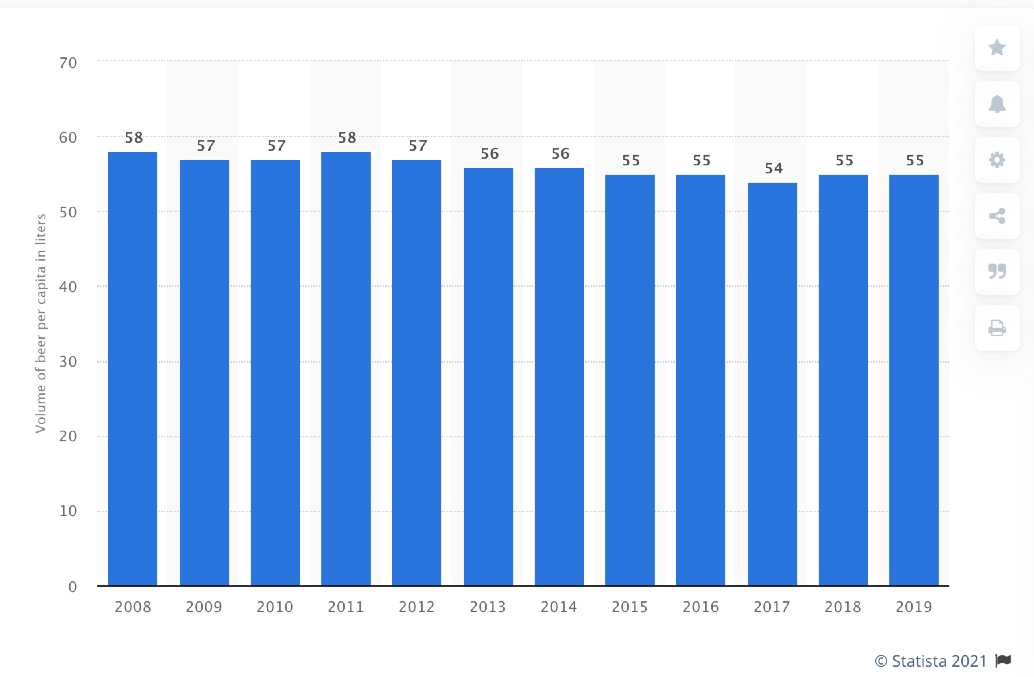For Brits in particular, the pub life is something many still miss most of all about home. So from real ale specialists, to rowdy places full of football fans, here is a small selection of what Sweden’s largest city has to offer.
One of the best places to start is the oldest and best known of all is The Tudor Arms (www.tudorarms.com) – the grand old daddy of English pubs in Stockholm. It has become an institution in the city, since it first opened its doors in 1969 and is currently being managed by the second generation of the family.
In 2009, The Tudor won the Daily Telegraph “Best English Pub in the world” competition. The judges at the time said, “In our search for the best British pubs around the world, there were quite a few that appeared to be British, had British names, and so on. But often when you dug deeper, the Britishness was just skin-deep, a marketing tool to try to be fashionable or to attract tourists. Not so with this pub.”
What it does offer is good beer, good food, and just the kind of environment most British immigrants miss most about home. In short, it is a corner of England in our back yard, with, I am reliably informed, a steak and mushroom pie not to be missed.
The Tudor is by no means the only option though. In the heart of Stureplan, The Bull and Bear (http://www.bullandbear.se) has picked up a glowing reputation in recent years, not just for the beer but a convivial atmosphere offering a relief away from some of the painful wannabe bars in the glitziest part of town.
Stockholm’s British pubs are normally dark, cosy affairs, which is a blueprint followed by The Spitfire not far from Stureplan on Birger Jarlsgatan. It tends to be popular among the football watching brigade and has a real “locals” feeling about the place.
Another longstanding institution for foreign drinkers is The Dubliner (www.dubliner.se), which decamped from its roots in Central Östermalm to a new location by Sergelstorg a couple of years ago.
It is one of the best pubs in town beer-wise and pretty much unbeatable for watching sport. Throw in the live music and comedy and it is easy to see why it is as popular as ever.
Gamla Stan meanwhile has several options, one of the best being Wirströms (www.wirstromspub.se) Despite the name, this drinking hole has a cosy British Isles hole-in-the-wall kind of feeling exemplified by its cellar downstairs, which hosts live music and for the real experts, its own whiskey club.
Meanwhile The Liffey (www.theliffey.se), just down the road, has also become very popular among Brits, Irish and antipodeans based here, not least for the live comedy.
Södermalm naturally has its fair share of great pubs for expats from the UK or anyone looking for a taste of the British Isles. A personal favourite is the Oliver Twist (www.olivertwist.se), tucked away close to Götgatan, the main shopping street on the inner-city island.
Interestingly it was the first pub outside the UK, along with sister pub Akkurat, to receive Cask Marque accreditation, which, I am reliably informed, says a lot about the quality of the beer, while the food here is outstanding too.
Akkurat (www.akkurat.se) on Hornsgatan meanwhile, is justifiably widely known for its huge range of specialist beers and whiskies, not to mention its themed nights and special tastings.
Elsewhere on Södermalm, The Big Ben has worked hard to provide that “home away from home” atmosphere without feeling overdone, while The Bishop’s Arms (www.bishopsarms.com) on Bellmansgatan is part of a successful chain which first opened its doors in Västerås in 1993.
A nearby favourite on Hornsgatan is Black & Brown (http://www.blackandbrown.se/). While Swedish owned and run, the pub serves a range of food and beer that would tickle the taste-buds of even the most discerning “real” beer lover.
Further along Hornsgatan can be found The Southside (http://www.southsidepub.se/) which markets itself as an “Irish restaurant and entertainment pub” with all the sports, quiz nights and guitar-strumming crooners that the Stockholm exile could demand.
The Bishop’s Arms sister pub in Stockholm is on St Eriksgatan on Kungsholmen, with both offering a wide range of draught beers, and plenty of Belgian specialities.
To sum up, unless you import a group of friends or have been here long enough to be able to call somewhere your “local” then replicating the pub experience you miss so much at home will never be quite the same in Stockholm.
However, if all you miss is a good pint, and a British crowd in familiar feeling surroundings, the chances are you will have to walk less than a kilometre in any direction to quench your thirst both physically and spiritually.




 Please whitelist us to continue reading.
Please whitelist us to continue reading.
Member comments